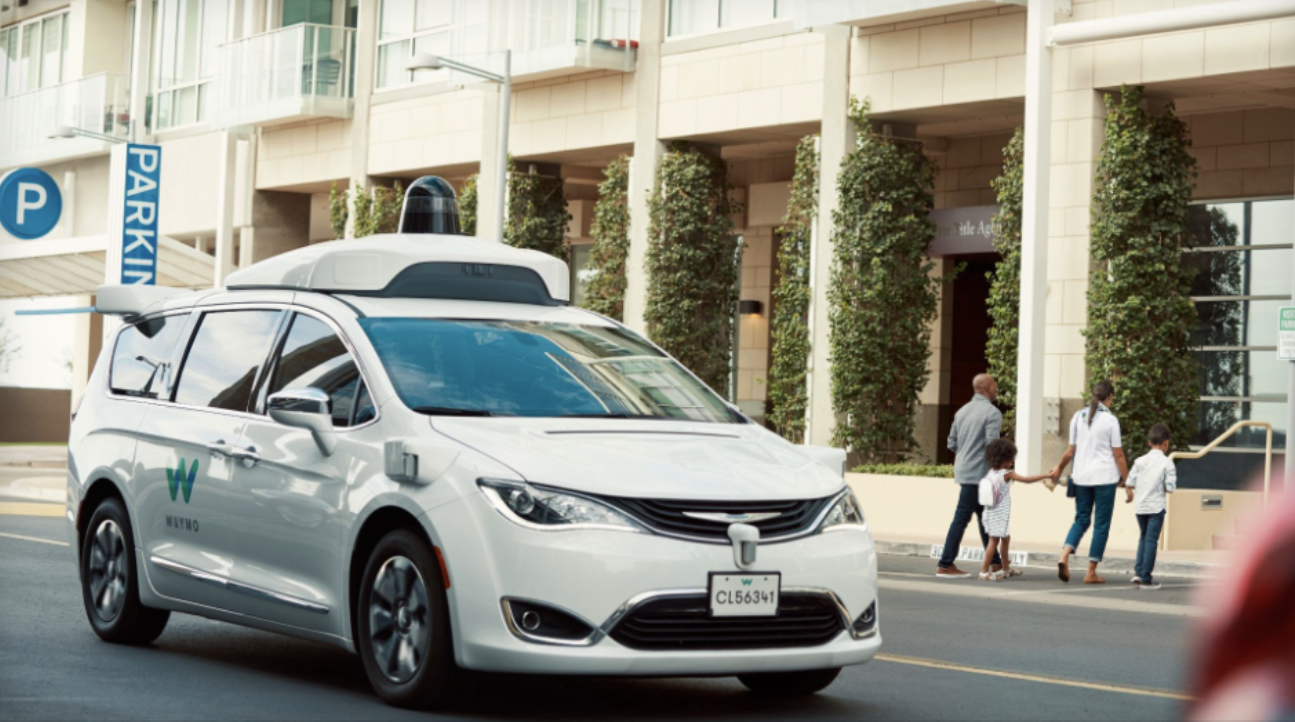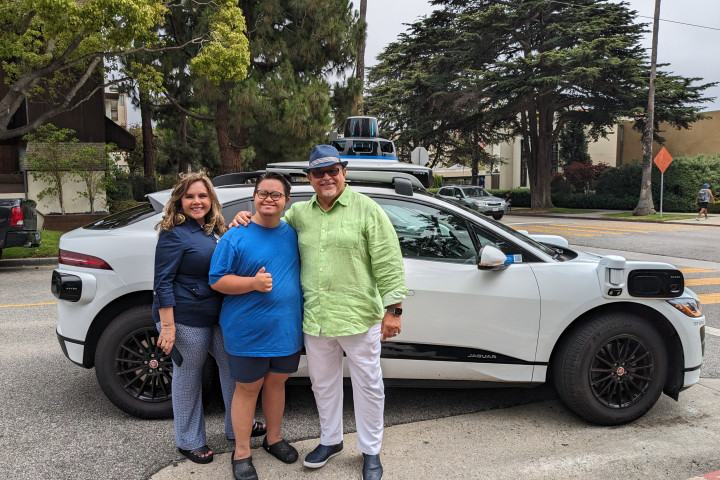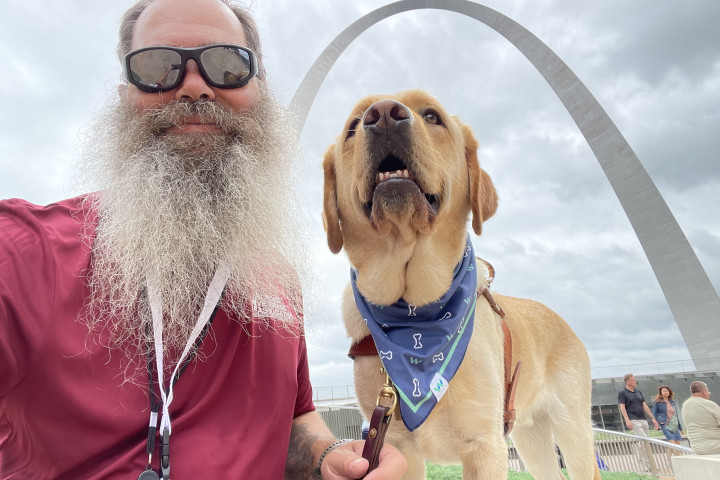Engineers Point to Opportunities for Including People with Disabilities in Autonomous Driving Research and Development
October 22, 2021

Dr. Rory Cooper remembers when the idea of autonomous vehicles first crossed his radar. It was 1994. Engineers were exploring how innovations like intelligent highways and lane-following technology could make roadways and vehicles safer. Cooper, an engineer, had just founded the Human Engineering Research Laboratories (HERL) at the University of Pittsburgh to research ways to increase mobility for people with disabilities.
Cooper, a veteran and person with a disability himself, recognized then – as he does now – the potential of autonomous vehicle technology to expand mobility options for the millions of people living with disabilities in the U.S. who cannot drive.
Now, HERL has grown to a team of more than 70 researchers with robust affiliations and partnerships (including the Department of Veterans Affairs, the University of Pittsburgh, UPMC Health System, and the Paralyzed Veterans of America), and marked its 28-year anniversary this year.
Cooper and his team are focused on making sure people with disabilities have a say in how autonomous driving technology evolves and that researchers and designers address accessibility.
“Because it is still in its nascent state commercially, we want to help shape that landscape so we get the full benefits,” Cooper says.
Mobility Crucial to Quality of Life, Health for People with Disabilities
Cooper emphasizes that the potential benefits of autonomous driving mirror those of transportation in general: “Transportation is critical for employment, maintaining health, participating in healthcare, participating in civil society such as voting, working, and going to school.”
Dr. Brad Dicianno, MD, medical director at HERL and a rehabilitation physician, sees firsthand how mobility – or lack of mobility – affects his patients.
“As a physician seeing patients with disabilities, I see how it is very challenging for a person with a disability just to get to a medical appointment,” Dicianno says, adding that people with disabilities often depend on others for transportation and require more time and planning to travel.
“That’s just a medical appointment,” Dicianno explains. “Think of all the things that people do throughout their lives... it becomes a big issue.”

Courtesy of HERL
Autonomous Driving Technology Could Hold Promise for People with Disabilities
Cooper says he and Dicianno are optimistic about the promise of autonomous driving technology to expand mobility options for people with disabilities.
“We are both very passionate about this and everybody at HERL is pretty excited about it,” Cooper says.
Cooper points out that many people with disabilities live in areas of the country without access to public transportation systems.
“Autonomous vehicles may be able to address this to some extent so those individuals can participate in work, society, and in their own healthcare,” Cooper says.
While many people think of privately owned vehicles when they think of autonomous vehicles, Dicianno says autonomous driving technology could be utilized as part of rideshare services, medical and shuttle transportation, and public transportation.
People with Disabilities Have Different Needs
Dicianno and Cooper were both authors on a recent review of scientific research on automated vehicles and people with disabilities, published in Volume 761 of the journal Neuroscience Letters.
According to the review, US Bureau of Transportation Statistics show that more than 40% of people with disabilities rely on others to get from point A to point B, and 70% limit their travel altogether.
While the need for mobility is great, Cooper and Dicianno emphasize that research shows people with disabilities, from those who are blind to people with intellectual disabilities and those who use wheelchairs, have different needs when it comes to transportation.
Through learnings from its proprietary user experience research, autonomous driving technology company Waymo has added accessibility features that let people receive navigation details about their trip via audio, find their vehicle by sound, and more.
“It’s not just about being able to find the vehicle, but being able to enter your preferences of where to be picked up or dropped off to make sure the location is accessible,” Cooper says, underscoring that accessibility is not only relevant to time in the vehicle, but to the entirety of the journey, from start to destination.

Courtesy of HERL
A Framework for Including People with Disabilities in Technology Design
Dicianno says the research points to a need for involving people with disabilities from the earliest stages of design in order for technology to meet their diverse needs.
“What we were trying to convey in the paper is that we need more of a framework or roadmap for telling manufacturers, policy makers, and service providers, how to conduct research that is going to lead to technology that is accessible for people with disabilities,” Dicianno says.
“Where a lot of the research is lacking, based on our systematic review, is that we need more research on usability, accessibility, and safety for different disability populations,” he adds.
That means continuing to think about the entire travel journey, from start to finish.
Sign Up
Join us in the most important conversations about how autonomous driving technology may shape the future of safety, mobility, community, and society.


